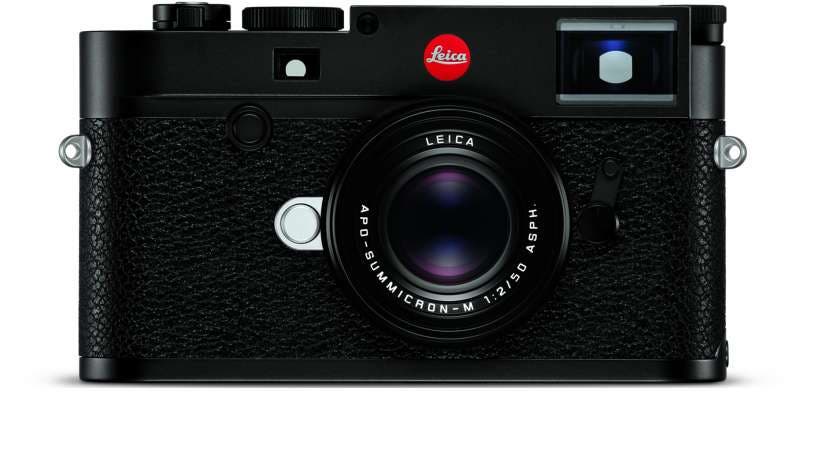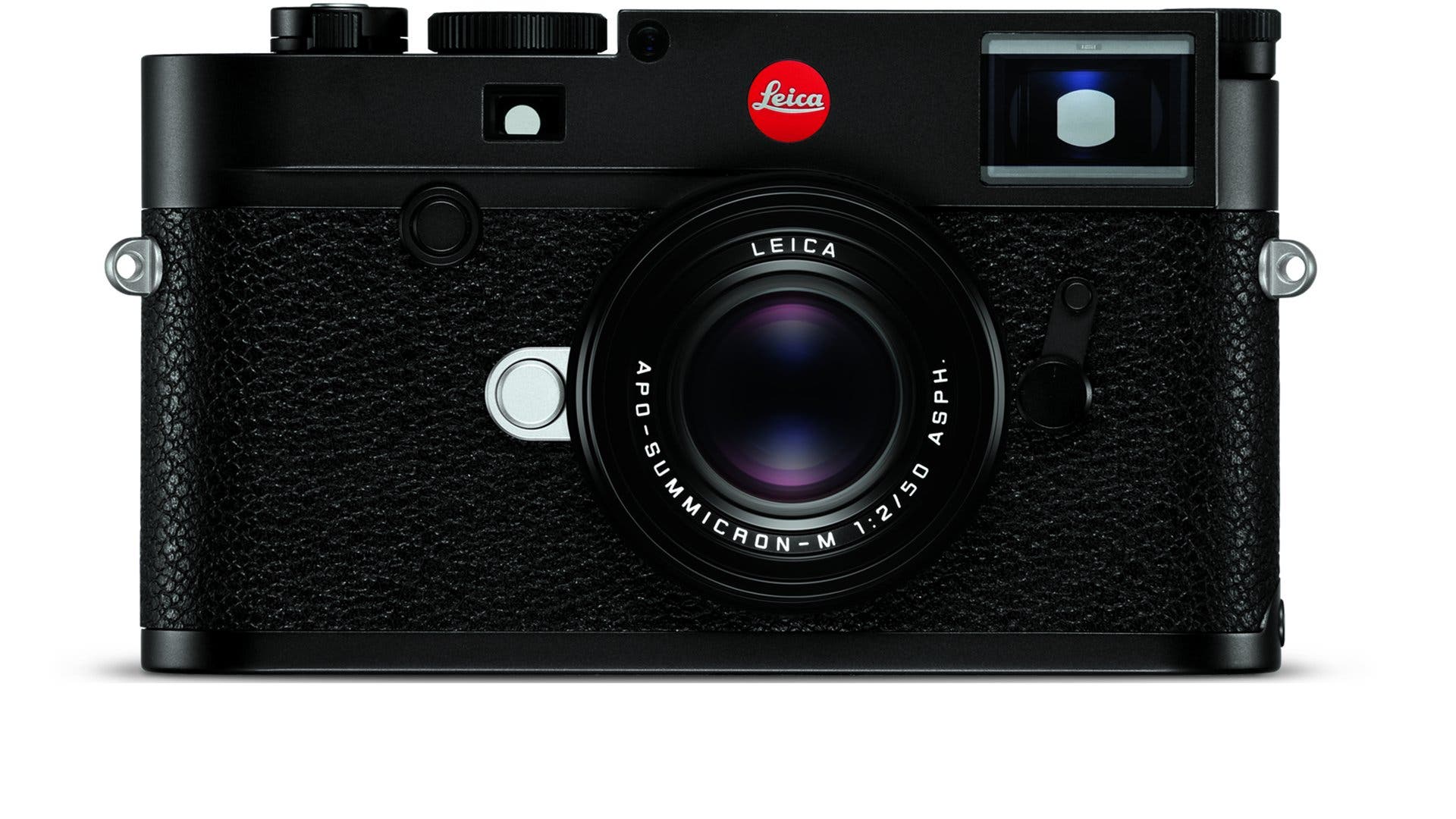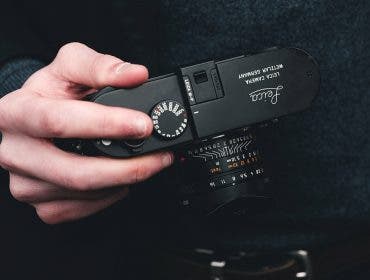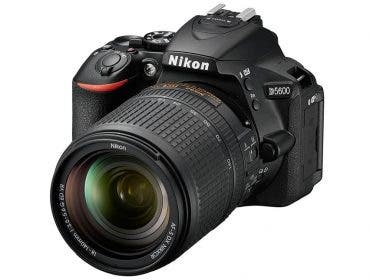Whenever Leica announces a new M camera, it’s a major event in the world of photography. Today, Leica announced the Leica M10 as a major update to its fabled lineup of unique rangefinder cameras, which have been embraced by photojournalists and street photographers worldwide since the middle of the 20th century. The Leica M10 represents a technological leap that includes a thinner body, a new control layout, new sensor and processor, ISO capture up to 50,000, and, for the first time in a Leica M, built-in Wi-Fi.
Leica M10 Key Features
- Slimmest Leica Digital M Ever Made
- New 24mm sensor
- New ISO dial on top plate for non-menu access
- Simplified control button layout in back
- First Leica M with Wi-Fi, can be operated via iOS app; Android coming soon
- ISO range 100-50,000
- Higher magnification rangefinder
- Compatible with nearly every Leica M lens ever made
- Weather-resistant brass and magnesium-alloy body

Ergonomic Changes
The first thing users will notice immediately is the camera’s size. Previous digital M models had a body that was somewhat thicker than film Ms, and some photographers needed to adjust the way they worked with the camera as a result. The M10’s body has been slimmed down and now rivals film M Leica cameras such as the M4 in size. This will promote better handling and should be widely welcomed by the Leica user community.
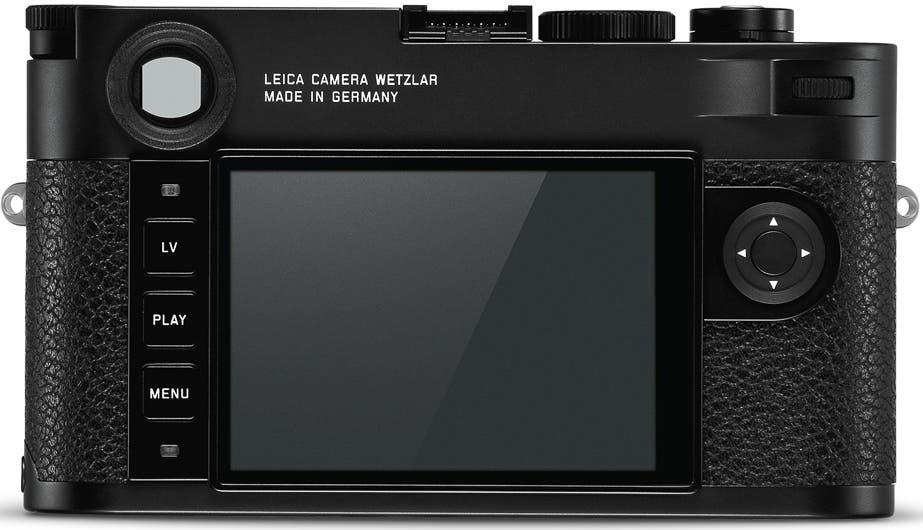
Leica also simplified the M10’s control layout. Instead of six buttons on the left side of the LCD monitor in the M Typ 240, the M10 has three larger buttons: LV (live view), Play and Menu. The camera retains the same four-way toggle/navigation switch on the right as well as the thumb wheel on the upper right corner.
Significantly, Leica added an ISO dial on the left side of the camera’s top plate, allowing users to quickly set ISO from 100-6400 by hand instead of by borrowing through menu options. The dial is placed where the rewind knob used to be on film models, and is designed to look like an M3-era rewind knob. Now, the three features that determine exposure—aperture, shutter speed, and ISO, have been placed at the photographer’s fingertips.
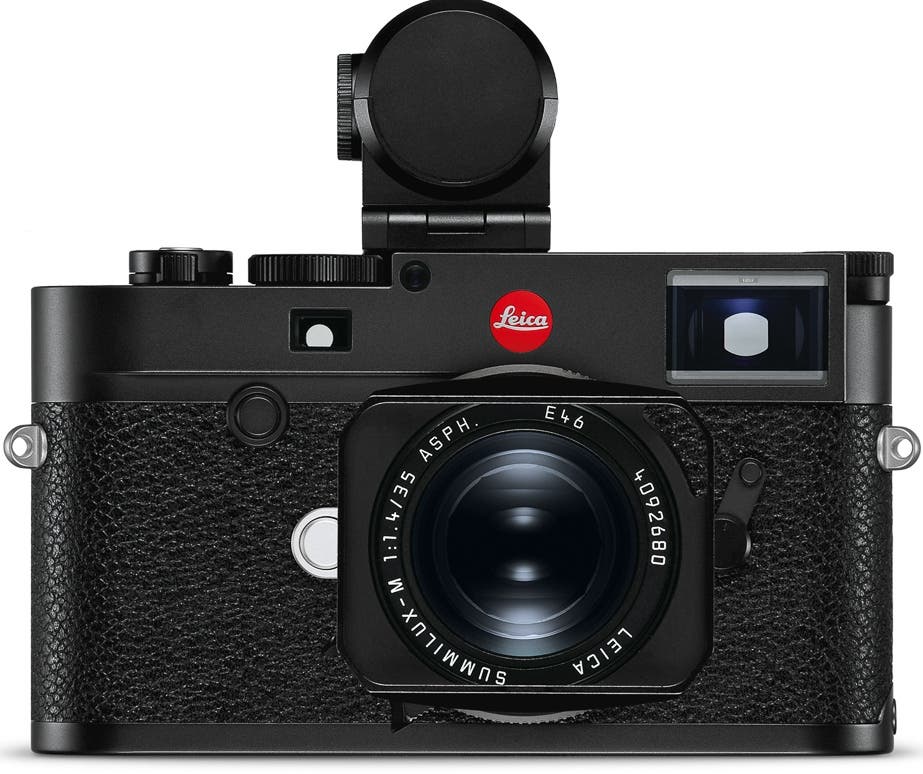
Improvements Under The Hood
Now let’s look at new and updated technology housed within the M10. A new 24MP full-frame CMOS sensor has developed especially for this camera. It features technologies that Leica claims will lead to significant improvements in dynamic range, color rendition, sharpness, and resolution. The extended ISO range of 100-50,000 (improving on the M Typ 240’s 200-6,400 range) is said to include less noise at higher ISOs.
A new Maestro-II image processor has been employed to improve performance. Buffer memory has been doubled from 1 to 2GB, resulting in a high-speed frame rate up to 5fps and longer continuous shooting.
The M10 is the first Leica M camera to incorporate built-in Wi-Fi. Now photographers can send pictures to iOS devices wirelessly to be edited and shared online. A new iOS app, the Leica M-App, lets users remotely control the M10. Shutter speed, shutter release, and other key features can be controlled through the app. Leica says an equivalent app for Android devices is in the works.
The M10 also offers customization via the new Favorites menu. This is a programmable menu in which the photographer defines personal preferences for the relevant parameters and can later access them at the press of a button. The settings can be easily changed and adapted to meet the needs of specific photographic situations at any time.
The optical rangefinder viewfinder’s field of view has been enlarged by 30 percent, with an increased magnification factor of 0.73x; a 50% eye-relief distance increase makes the camera easier for eyeglass wearers. A new optional Leica Visoflex (Typ 020) electronic viewfinder can provide live view at eye level at a stunning 2.4MP resolution. It also has an integrated GPS module.
Notably missing from the M10 is video. Apparently, this feature has not been widely used by M240 owners.
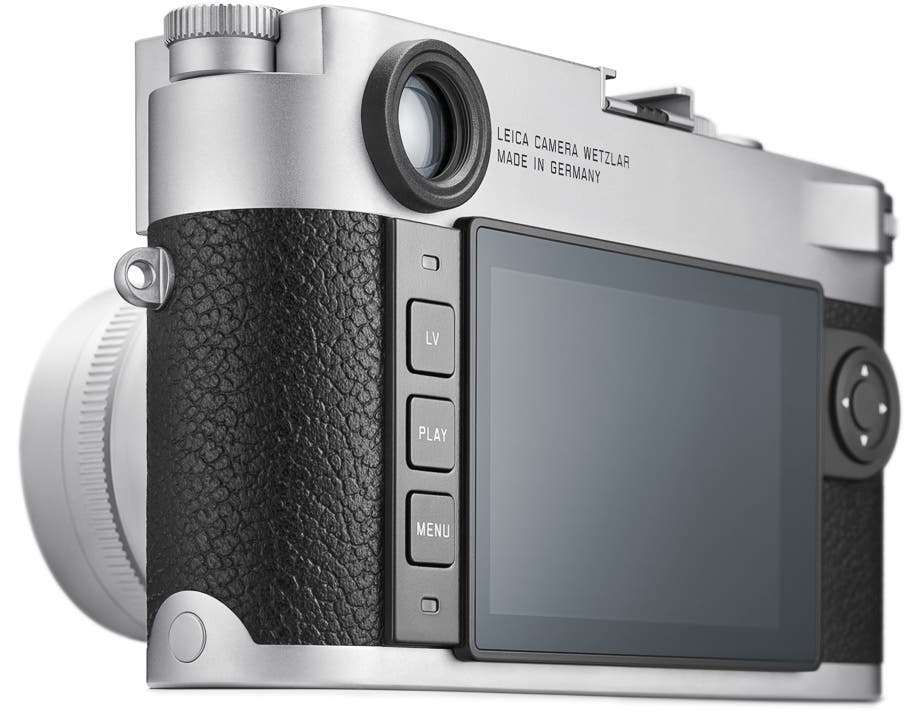
The Leica legacy
The rugged, splashproof M10 allows users to use almost any M-mount lens ever made. The Leica M Bayonet mount was developed in the 1950s and continues today. Known for their longevity, many M-mount lenses made in the 50s are still in use today. Inexpensive adapters are available so you can mount earlier screw-mount Leica lenses to M-mount cameras, and the Leica R-Adapter lets you use Leica R-mount lenses, which were originally designed for Leica SLR cameras.
The M10 comes with an extensive line of accessories, including a holster, a leather body protector that comes in red or brown, Leica logo-embossed leather carry straps (also available in black, red and brown), a hand grip and more.
The Leica M10 is will be available from Adorama in Black or Silver body for .
